An Introduction to Laminating Resin
Laminating resin is an essential material in various industries, particularly those that emphasize durability and structural integrity. This synthetic resin is primarily used to bind layers of materials together, often employing fiberglass or other reinforcement fabrics. By understanding the characteristics and applications of laminating resin, one can appreciate its pivotal role in manufacturing processes ranging from boat building to automotive parts and beyond.
Definition and Characteristics of Laminating Resin
Laminating resin is a type of thermosetting resin, meaning that it hardens upon curing and cannot be remelted. This product typically falls into two categories: polyester and epoxy, each offering distinct benefits and applications. Key characteristics of laminating resin include:
- Durability: Laminating resins provide excellent resistance to environmental stresses, ensuring that structures maintain their integrity over time.
- Adhesive Properties: These resins bond exceptionally well with fiberglass, wood, and various composites, making them ideal for layered constructions.
- Formulation Variability: Laminating resin formulations can be adjusted to enhance specific traits, such as viscosity, cure time, and tensile strength.
Importance in Various Industries
The versatility of laminating resin makes it invaluable across multiple sectors:
- Marine: Used to create robust fiberglass boats and marine vessels, ensuring they withstand harsh water conditions.
- Aerospace: Laminating resins play a pivotal role in fabricating lightweight, strong components essential for aircraft performance.
- Construction: Used in producing structural panels and composite materials that offer improved strength-to-weight ratios.
- Automotive: Applying laminating resin in making car parts ensures both safety and aesthetics in vehicle construction.
Common Applications of Laminating Resin
The applications for laminating resin are as varied as the industries that utilize it. Some of the most common forms of usage include:
- Boat Construction: Fiberglass boats often incorporate laminating resins to ensure lightweight yet durable craftsmanship.
- Composite Parts: These resins are widely used in technological products that require composite materials for added strength and flexibility.
- Repair and Maintenance: Laminating resin can be employed in repair kits for damaged fiberglass items, restoring them to full functionality.
- Mold Production: Laminating resin serves as a base for molds that produce various consumer and industrial products.
Types of Laminating Resin
Polyester Laminating Resin: Advantages and Uses
Polyester laminating resin is highly regarded for its affordability and ease of use. Key advantages include:
- Cost-Effectiveness: Generally more economical than epoxy options, making it attractive for low-budget projects.
- Quick Curing Time: Polyester laminating resins can cure quickly, allowing for faster project completion.
- Versatile Applications: Commonly used in automotive applications, marine crafts, and even DIY projects.
Overall, the versatility and cost benefits make polyester laminating resin a popular choice among enthusiasts and professionals alike.
Epoxy Laminating Resin: A Comprehensive Overview
Epoxy laminating resin, while generally more expensive than its polyester counterpart, offers superior performance in several aspects:
- Exceptional Bonding Strength: Provides a stronger bond to various substrates, enhancing the overall integrity of the final product.
- Resistance to Environmental Elements: Epoxy offers better resistance to heat, moisture, and UV radiation.
- Low Shrinkage: When cured, epoxies typically exhibit a lower shrinkage rate, leading to more accurate final dimensions.
Due to these characteristics, epoxy laminating resin is frequently preferred in aerospace, high-performance marine crafts, and construction projects where performance is critical.
Comparing Laminating Resin Types
When selecting between polyester and epoxy laminating resins, several factors should be considered, including:
- Project Type: The specific application often dictates which resin type is appropriate. For example, marine applications may benefit from epoxy’s water resistance, whereas a cost-sensitive project may be fine with polyester.
- Curing Environment: Epoxy tends to cure slower than polyester, which may affect timelines. Understanding the required working time is essential.
- Performance Requirements: If maximum strength and resilience are required, epoxy is often the better choice. Conversely, for less demanding applications, polyester may suffice.
How to Work with Laminating Resin
Preparation: Tools and Safety Measures
Successful application begins with thorough preparation. Essential tools and safety measures include:
- Protective Gear: Always use gloves, goggles, and a respirator to protect against fumes and skin exposure.
- Work Space: Ensure a well-ventilated area, ideally with exit points for fumes and a consistent temperature to aid curing.
- Tools: Essential tools include rollers, brushes, mixing containers, and possibly a vacuum pump for bubble reduction.
Application Techniques for Optimal Results
When applying laminating resin, adhering to best practices is crucial:
- Mixing: Follow manufacturer instructions closely for the correct resin-to-hardener ratio. Inaccurate mixing can lead to curing issues.
- Application: Use brushes or rollers to evenly distribute the resin over surfaces, ensuring there are no air bubbles trapped beneath the layers.
- Layering: For strength, it’s advisable to apply multiple layers of resin with fiberglass cloth for reinforcement. Be mindful of curing times between applications for optimal adhesion.
Curing Process and Time Considerations
Understanding the curing process is vital for ensuring the longevity and performance of your final product:
- Temperature and Humidity: Curing times can vary based on environmental conditions. Always refer to the product specifications for guidance on optimal conditions.
- Post-Curing: Consider allowing the laminate to undergo additional curing, particularly in applications exposed to significant environmental stresses.
- Curing Time: Varying resin types can exhibit different curing times; thus, being patient is crucial for achieving the desired result.
Troubleshooting Common Issues with Laminating Resin
Identifying and Fixing Curing Problems
Curing issues are common when working with laminating resin. Effective identification and correction include:
- Sticky or Tacky Surfaces: This can indicate improper mixing or insufficient curing time. If discovered, additional resin may need to be applied once the initial layer cures.
- Cracking or Shrinkage: Often results from accelerated curing or environmental extremes during the curing process. Mitigation can involve applying thinner layers or adjusting the environmental conditions.
Dealing with Adhesion Issues
Poor adhesion can compromise the integrity of your laminate. To tackle this problem:
- Surface Preparation: Ensure all surfaces are properly sanded and cleaned before application.
- Compatibility: Check that resins and substrates are compatible, particularly with varying material types.
Maintaining Quality in Laminating Resin Work
Maintain high-quality outcomes by adhering to recommended practices:
- Regular Inspections: Monitor the curing process for any deviations from expected behavior.
- Testing: Conduct tests on smaller samples to verify that your techniques lead to expected results before embarking on larger projects.
Future Trends in Laminating Resin Technology
Innovations in Resin Formulation
As technology advances, the development of new formulations for laminating resin continues to evolve:
- Hybrid Resins: These combine the best attributes of epoxy and polyester resins, offering improved performance characteristics all in one package.
- Low-VOC Options: Innovations focus on creating resins with lower volatile organic compound emissions, addressing environmental concerns.
Environmental Considerations and Sustainability
With growing awareness around sustainability, the laminating resin industry is adapting:
- Biobased Resins: More manufacturers are exploring biobased materials that reduce reliance on fossil fuels while maintaining desirable performance characteristics.
- Recycling Programs: The introduction of recycling initiatives for unused or residual resins aims to minimize waste and promote responsible use.
Market Growth and Industry Insights
The market for laminating resin continues to expand, driven by advances in technology and increasing demand across various sectors. Notable insights include:
- Growth in Composite Materials: A significant rise in the use of composite materials across several key industries is likely to continue fueling demand for various laminating resins.
- Global Expansion: Emerging markets are increasingly adopting laminating resins as manufacturing capabilities modernize, introducing new opportunities for growth.

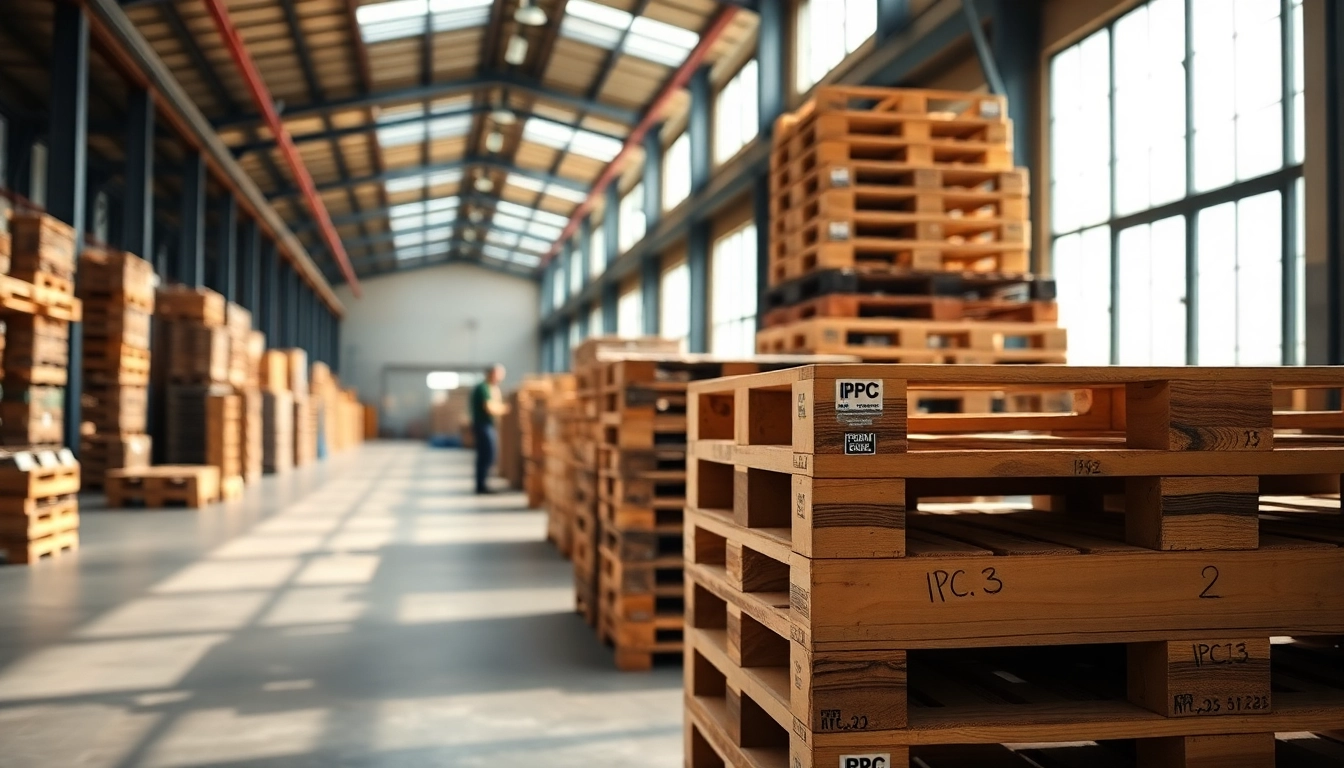
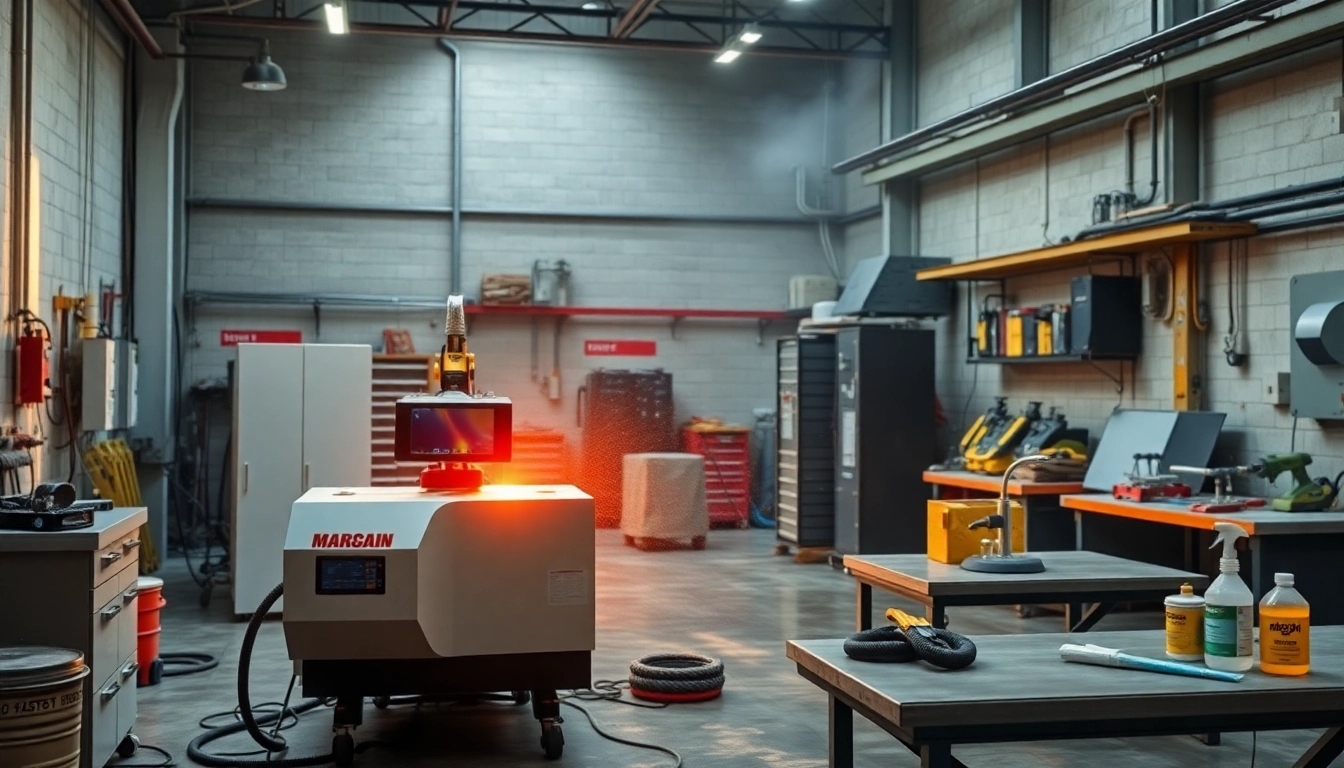

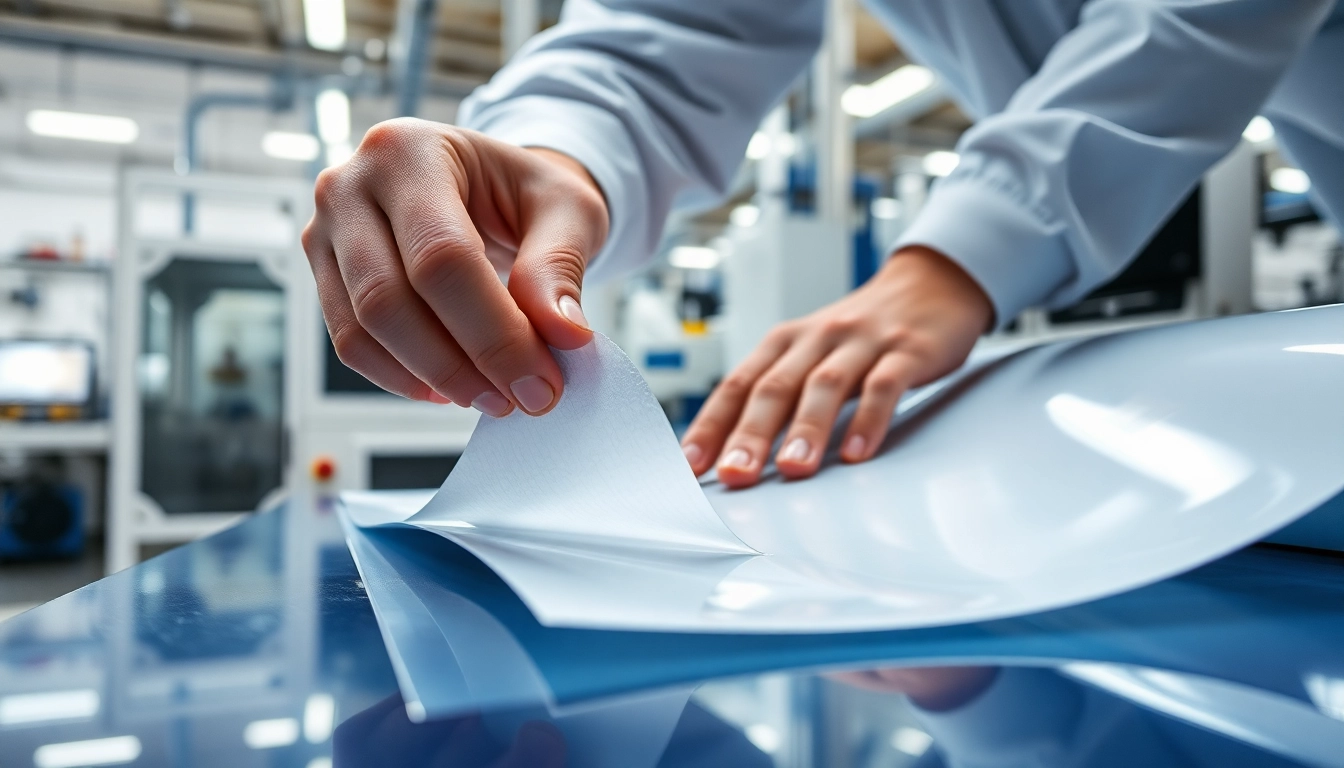



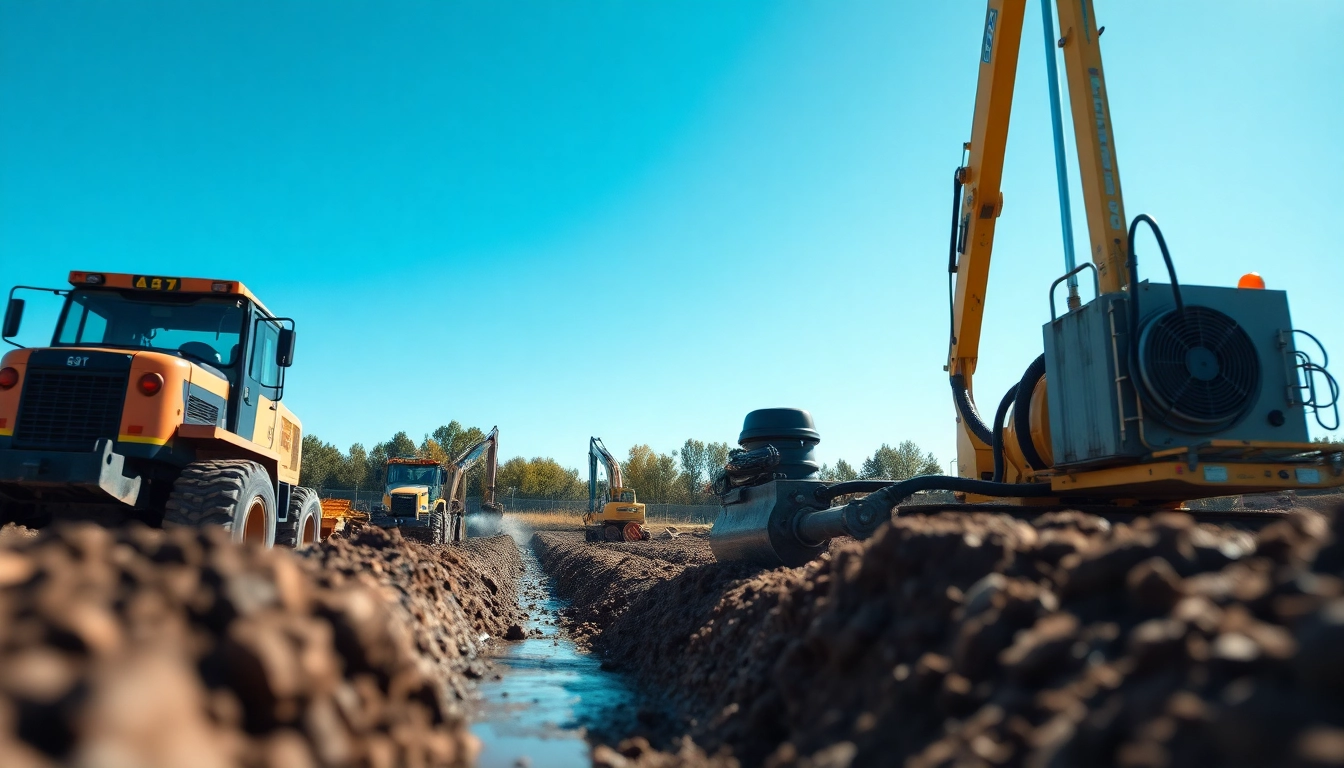

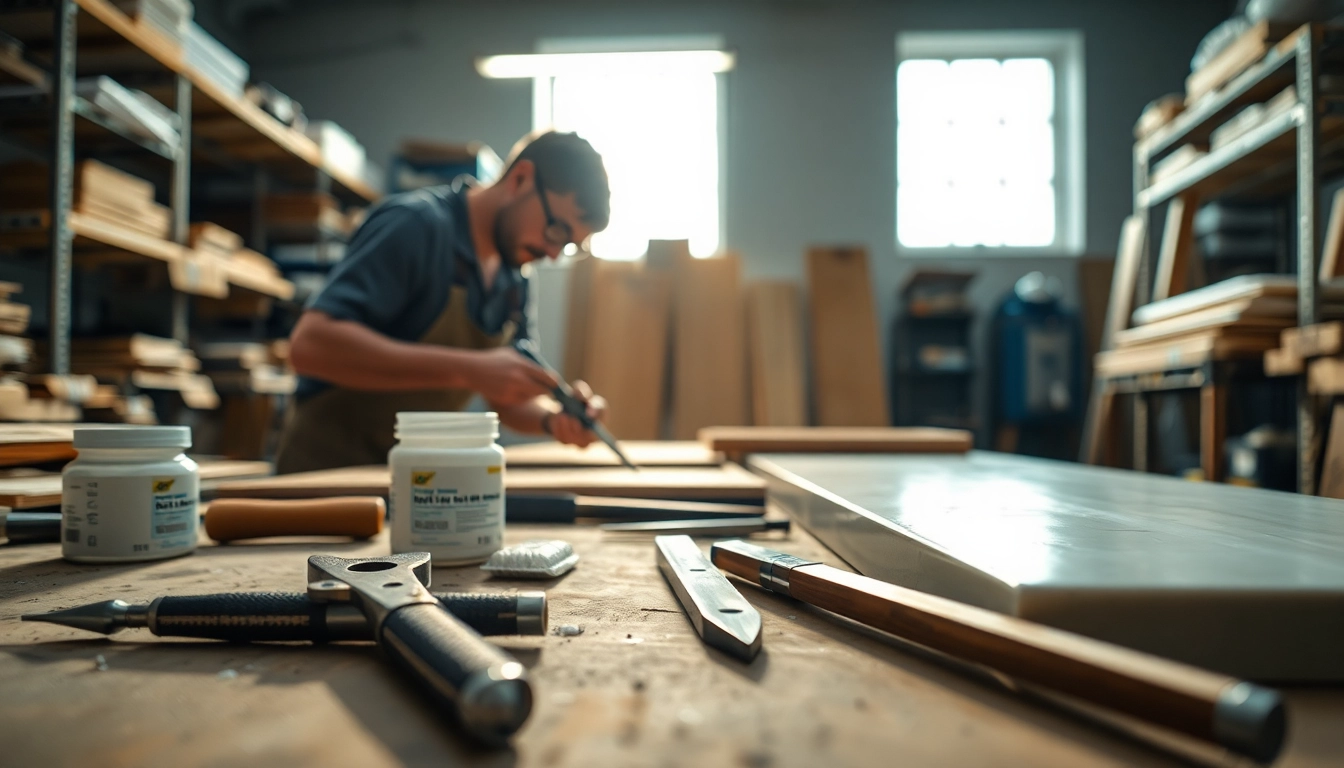
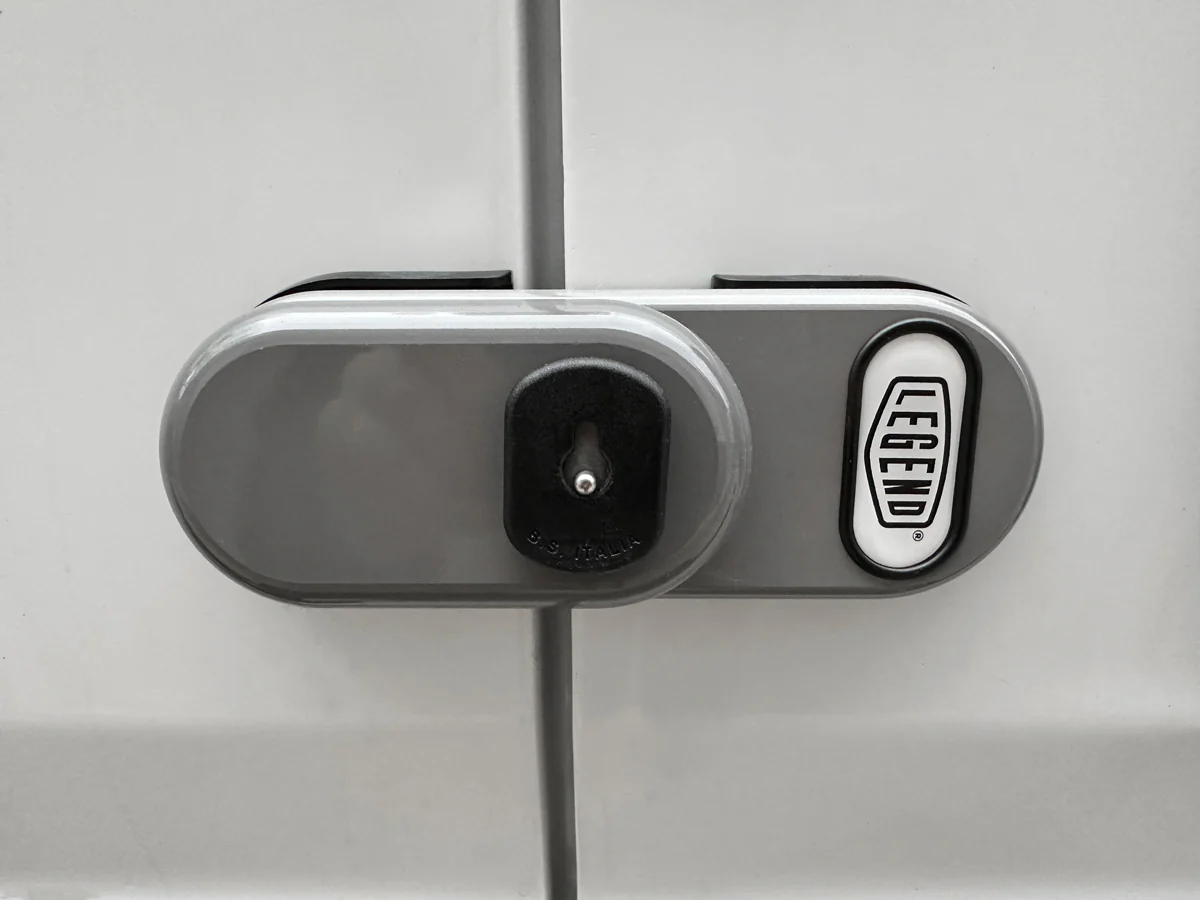


Leave a Reply